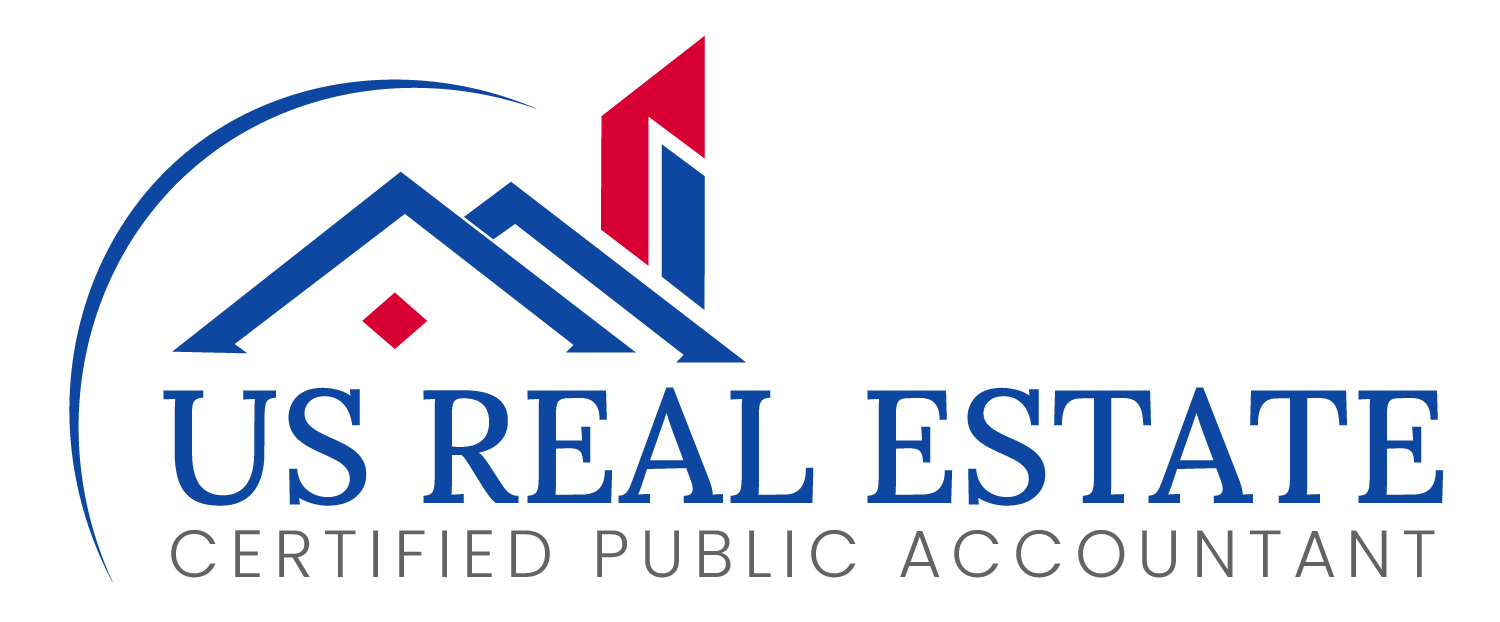
A Comprehensive Guide to Cost Segregation Studies for Landlord
As a landlord, you’re always on the lookout for ways to boost returns and lower your taxes. A cost segregation study can help with both. Many U.S. landlords see tax planning as a rush at the end of the year but cost segregation could be a useful part of a longer-term plan for managing your rental properties.
Here’s a guide on what cost segregation is, how it works, and why it could make a big difference for rental property owners.
What Is a Cost Segregation Study?
Cost segregation is a tax strategy that breaks down a property into parts, allowing each part to be depreciated on its own schedule. Usually, buildings are depreciated over 27.5 years for residential properties and 39 years for commercial ones. Not all parts of a property wear out at the same rate, however. Items like carpets, lights, and landscaping may not last that long. So it makes sense to depreciate them faster.
A cost segregation study sorts those parts into different categories. Some items can be depreciated over 5, 7, or 15 years instead of the typical 27.5 or 39 years. This faster depreciation means higher tax deductions earlier on, which can cut down taxes and boost cash flow in the short term.
How Does It Work?
A cost segregation study is usually done by a team of professionals, including engineers, appraisers, and tax experts. They inspect the property, go over blueprints, and identify parts that can be depreciated more quickly. This detailed process ensures your deductions are backed by evidence that the IRS can accept.
Here’s a look at how it works:
- Property Review – Experts do a detailed inspection of the building, examining things like the structure, wiring, and plumbing to see which parts qualify for faster depreciation.
- Cost Allocation – Each part is assigned a “useful life” category, following IRS rules. For example, a parking lot might have a 15-year life while carpets or cabinets could have a 5-year life.
- Report Generation – The final report lists each component’s value and its depreciation schedule. This report is key because it guides your faster depreciation and supports you in case of an IRS audit.
- Tax Filing – With your study in hand, you or your tax preparer can adjust your depreciation, usually by filing IRS Form 3115 to change your accounting method.
Why Should Landlords Consider Cost Segregation?
Cost segregation isn’t for everyone, but it can be very beneficial for landlords with large rental property portfolios or high tax bills. Here’s why it might be worth considering:
- Better Cash Flow – By speeding up deductions, you get tax benefits sooner. This means more cash flow in the early years, which you can use to reinvest, pay off debt, or make property improvements.
- Higher Return on Investment (ROI) – Lower taxes mean you keep more of your profit, which can boost your overall return on investment. Early savings from tax deductions can have a big impact over time.
- More Flexibility in Tax Planning – Cost segregation is useful if you want to minimize a high income tax bill. For example, if you earn a lot from other sources, the depreciation benefits from cost segregation can help trim your total tax bill if you’re considered a real estate professional by the IRS.
- Maximizing Bonus Depreciation – Recent tax changes allow investors to write off 100% of certain property costs in the first year. Though this benefit is being cut starting in 2023, some bonus depreciation still applies. Cost segregation helps you identify assets that qualify for this bonus, so you can get the most benefit.

Who Should Consider a Cost Segregation Study?
Cost segregation studies can cost anywhere from $5,000 to $20,000, depending on the complexity and size of the property. For this reason, they’re most suitable for larger properties or portfolios where the tax savings will outweigh the cost of the study. Here are some general guidelines:
- Properties Purchased or Built Recently – A new property means you can take full advantage of accelerated depreciation from the start.
- Properties with Major Improvements – If you’ve recently renovated or upgraded your property, a study can capture the new costs and accelerate depreciation on them.
- Landlords with High Taxable Income – If your income puts you in a higher tax bracket, the deductions generated by cost segregation can have a more noticeable impact on your tax bill.
- Real Estate Professionals – Under IRS guidelines, real estate professionals can use passive losses to offset active income, making cost segregation even more beneficial if you qualify.
Practical Considerations and Risks
Before jumping into a cost segregation study, consider a few possible downsides:
- Recapture Tax – If you sell the property, the IRS may recapture some of the accelerated depreciation benefits. This means that although you save on taxes upfront, you could face a higher tax bill at the time of sale.
- Audit Risk – The IRS scrutinizes cost segregation studies, so work with reputable professionals. A well-documented study done by qualified experts minimizes the risk of audits, but there is always a chance.
- Long-Term Commitment – Accelerating depreciation means you’re getting a tax break upfront at the expense of smaller deductions later on. If you hold onto the property for a long time, this may impact your tax planning later.
Selecting a Qualified Provider
Cost segregation studies are complex and technical, so choosing the right provider is important. Ideally, you want to work with a team that has engineers and tax experts. Look for firms with experience in your property type and make sure they understand the latest IRS guidelines.
Be wary of providers promising excessive savings without thoroughly reviewing your property. A reputable firm will provide a preliminary estimate of your potential savings based on your property details and help you determine if the study is worth the investment.
The Takeaway for Landlords
Cost segregation can be a powerful way to get the most tax benefits from real estate investments. For landlords those with high taxes or large property portfolios, it can result in heavy savings and better cash flow. However, carefully weigh the costs and benefits, choose a trustworthy provider, and understand the risks and rewards.
If you think a cost segregation study could help, start by talking to a tax advisor who specializes in real estate. A well-executed study might unlock new savings and boost the long-term profitability of your rental property investments.
Conclusion
In the world of property investment, cash flow is king. A cost segregation study could be an effective way to your tax savings and add real value to your portfolio. Though it’s not suitable for everyone, it can be highly beneficial for those who qualify. As always, careful planning and expert advice are important to making cost segregation work for you.



